Shooting Competition Rules 1864
Topic: Canadian Militia

Branch Rifle Association
Military District No. 1, Upper Canada
The Quebec Mercury, 3 August 1864
Patron: His Excellency Viscount Monck, Governor General, &c.
Vice-Patron: Sir W.F. Williams, Bart, K.C.B., Commander of the Forces
Members of the Council:
Lieut.-Col. P.P. Harris, President;
Lieut.-Col. Aumond, 1st Vice President;
Lieut.-Col. D.M. Grant, 2nd Vice President;
Lieut.-Col. Coffin; Major Montgomery; T.C. Clarke, Esq.; Captain Forrest; Major Donaldson, late H.M. 41st Regt.; Major Gilmour; Captain Perry; Lieut. Horne; Lieut. MacNab; Lieut. Perry; Lieur Forrest; Captain Gallway, Secretary; Captain H.V. Noel, Treasurer.
The Annual Match Will take place
at the City of Ottawa
on Tuesday, 9th August, 1864,
And following days.
To which Marksmen from the whole Province are respectfully invited.
All the Prizes are Open to the Competition of Volunteers.
Shooting to commence at Nine o'clock, A.M., each day.

The size of the targets will be respectively:—
100, 200 and 300 yards, 4 feet wide by 6 feet high; bulls-eye 1 foot wide by 2 feet high, center 2 feet wide by 4 feet high.
At 400, 400 and 600 yards, 6 feet wide by 6 feet high; bulls-eye 2 feet wide by 2 feet high, center 4 feet wide by 4 feet high.
At 700, 800 and 900 yards, 8 feet wide by 6 feet high; bulls-eye 2 feet wide by 3 feet high, center 4 feet high by 6 feet wide.
Prize List:
Class No. 1.
Open to all comers and rifles; Entrance 50 cents; Range 200 and 300 yards —3 rounds at each round.
- First Prize —$30, presented by Association.
- Second Prize —$15.
- Third Prize —$10.
- Fourth Prize —$5.
Class No. 2.
Open to all members of the Active Force and Soldiers of the Queen's Service [the latter without entrance fee]; Enfield Rifles Government issue; Range 300 and 400 yards —3 rounds at each round; Entrance 50 cents.
- First Prize —$30, presented by Association.
- Second Prize —$15.
- Third Prize —A Silver Tankard, by Lieut.-Col. Coffin.
- Fourth Prize —$10, presented by Association.
- Fifth Prize —$5.
Class No. 3.
Open to all comers and rifles; Range 400 yards —5 rounds; Entrance 50 cents.
- First Prize —$30, presented by Association.
- Second Prize —$20.
- Third Prize —$15.
- Fourth Prize —$10.
- Fifth Prize —$5.
Class No. 4.
Open only to Members of the Active Force, Sedentary Militia, and Soldiers of the Queen's Service [the latter without entrance fee]; Enfield Rifles Government issue; Range 400 and 500 yards —3 rounds at each round; Entrance 50 cents.
- First Prize —$30, presented by Association.
- Second Prize —$15.
- Third Prize —A Silver Watch, by Lieut.-Col. Grant.
- Fourth Prize —A Statuette of Lord Clyde, presented by Alex. Burritt, Esq.
- Fifth Prize —$10, By Hon. James Skead.
- Sixth Prize —$5, presented by Association.
Class No. 5.
Open to members of all Rifle Associations in Upper and Lower Canada, regularly organized; Entrance 75 cents; Range 500 and 600 yards —3 rounds at each range; Enfield rifles, Government issue.
- First Prize —A piece of plate value $50, to be selected by winner.
- Second Prize —$20, by J.D. Slatter, Esq.
- Third Prize —A silver Pitcher, by Lieut.-Col. Aumond.
Class No. 6 —Company Match.
Open to Members of all regularly organized Volunteer Companies in Canada; Enfield Rifles Government issue; Five members from each Company; range 400 and 600 yards —3 rounds at each range; Entrance $2.50 per Company.
- First Prize —$30, presented by Association.
- Second Prize —$20.
- Third Prize —$15.
- Fourth Prize —A Silver Medal, presented by T.R. Toole, Esq., Royal Victoria Hotel.
Class No. 7.
Open to all Volunteers, and soldiers in the Queen's Service [the latter without entrance fee]; Enfield Rifles Government issue; 5 rounds; Range 600 yards; Entrance 50 cents.
- First Prize —$20, presented by Association.
- Second Prize —$10.
- Third Prize —A statuette of General Havelock, presented by Robt. Skead, Esq..
- Fourth Prize —$4, presented by the Association.
- Fifth Prize —A Valise, presented by Mr. Geo. May.
Class No. 8 —Champion Prize.
Open to all comers and rifles; Range 450 and 700 yards; 3 rounds each; entrance 50 cents.
- First Prize —A piece of plate, value $30, to be selected by winner..
- Second Prize —$15, presented by the Association.
- Third Prize —A silver medal, presented by Lieut.-Col Jackson.
- Fourth Prize —Ornamental stove, presented by Mr. Thomas Isaac.
Class No. 9.
Open to winners of all preceding matches. —Distance 600 and 800 yards; 3 rounds at each range; entrance fee $1.00.
- First Prize —A Turner Rifle, presented by Major Allan Gilmour.
- Second Prize —$15, presented by Association.
Class No. 10.
Prize presented to the Association by the ladies of Ottawa.
To be competed for by the respective Volunteer Corps in Ottawa; 10 Marksmen to be selected from each Company; Long or Short Enfield Rifles, Government issue. The prize to be awarded to the Company making the highest aggregate score.
Officers commanding each Corps are requested to transmit under their respective signatures, before Saturday 6th August, the names of the ten marksmen selected to compete for the prize.
Class No. 11 —Rifle Derby.
Ranges 300, 500 and 800 yards —2 shots at each range; Entrance fee $2.00.
- First Prize —One-Third of the Entrance Money.
- Second Prize —Two-Ninths of the Entrance Money.
- Third Prize —One-Ninth of the Entrance Money.
- Fourth Prize —Winner to save his Entrance fee, the remainder to go to the Funds of the Association.
Class No. 12 —Consolation Match.
Open to all competitors, who have not won prizes; Ranges 400, 600 and 800 yards —3 rounds at each range.
- First Prize —A Rifle, by T.C. Clarke, Esq.
- Second Prize —$15, presented by Association.
- Third Prize —Cloth for Suit of Tweed, presented by Magee & Russell..
- Fourth Prize —Silver Mug, by Captain Forrest.
Class No. 13.
Average prize to Marksman who makes the highest aggregate score with Enfield rifle.
- First prize —Ornamental Time-piece, value $30, by J.M. Currier, M.P.
- Second prize —$20, presented by Association.
Class No. 14.
Average prize to Marksman who makes the highest aggregate score in matches open to all comers and rifles.
- First prize —Silver Camp-Kettle, presented by Hom. Jas. Skead, M.L.O.
- Second prize —$20, presented by Association.

Rules and Regulations
1. The Council will decide all disputed points on the ground; three to form a quorum. Their decision to be final.
2. Military and Volunteer matches to be shot for by officers and men in uniform.
3. No person to be allowed on the ground with a loaded rifle, except with the firing squad in position.
4. All rifles to be loaded under the inspection of the Superintendent of Firing.
5. Open sights alone allowed. Hair Triggers and Artificial Rests prohibited.
6. Rifles which have made the highest scores shall not be taken from the ground until tested, and if found to be less than the minimum pull of trigger, the prize will be awarded to the next best shot. The pull of trigger to be not less than six pounds in Enfield Rifles —in all others three pounds.
7. Undecided shots or ties shall be determined by one shot fired at the longest range of the class, and repeated in case of tie, until decided. Ricochets to have no value.
8. No telescopes of any kind shall be used at the match. Any person using them, or communicating with persons using them, shall be ineligible for a prize in that match, but after the men are squadded any competitor who chooses, can obtain two sighting shots in any position, by paying 25 cents.
9. The firing will be accorded to the latest Army Regulations; Hythe position except in classes 1, 3, 8, 9, 11 and 12, which may be any position not involving artificial rests.
10. The size of the targets will be respectively —100, 200 and 300 yards, 4 feet wide by 6 feet high; bulls-eye 1 foot wide by 2 feet high, center 2 feet wide by 4 feet high. At 400, 400 and 600 yards, 6 feet wide by 6 feet high; bulls-eye 2 feet wide by 2 feet high, center 4 feet wide by 4 feet high. At 700, 800 and 900 yards, 8 feet wide by 6 feet high; bulls-eye 2 feet wide by 3 feet high, center 4 feet high by 6 feet wide.
11. Bulls-eye to count 4; centres 3; and outers 2; at all ranges.
12. Competitors will not be allowed to use more than one rifle nor make but one entry in any class; nor shall more than one person be allowed to fire from any rifle in the same class.
13. In Volunteer and Military matches none but Government ammunition shall be used.
14. The firing part must conform to the orders of the officers in command, nor shall any man cap his rifle till he has assumed the firing position, nor shall any person carry a loaded rifle on the ground except in the firing party.
15. All entries to be, made personally, or addressed to Captain Gallwey, Secretary, at Ottawa, on or before Saturday, Sixth August, if by letter postpaid. Post entries may be made up to the time of roll call, on the payment of 25 cents additional. Any person not answering his name before the first round is fired shall be disqualified and forfeit his entry fee.
Superintendence of Testing Rifles,
Capt. Lett.
Superintendence of Firing,
Sergt. Powley, Coldstream Guards.
Posted by regimentalrogue
at 12:01 AM EDT
Updated: Friday, 10 April 2015 12:02 AM EDT
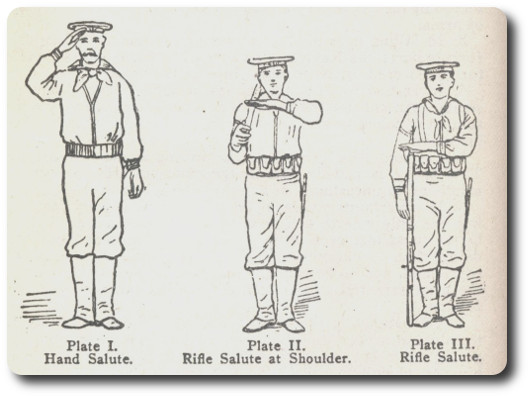
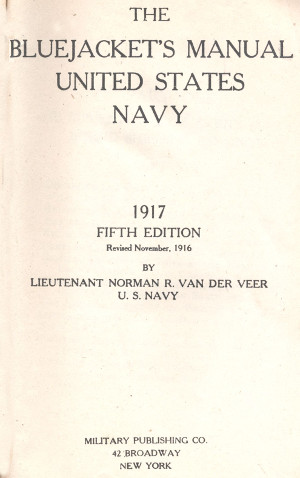 The Bluejacket's Manual, United States Navy, by Lieutenant Norman R. Van Der Veer, U.S. Navy, 1917
The Bluejacket's Manual, United States Navy, by Lieutenant Norman R. Van Der Veer, U.S. Navy, 1917

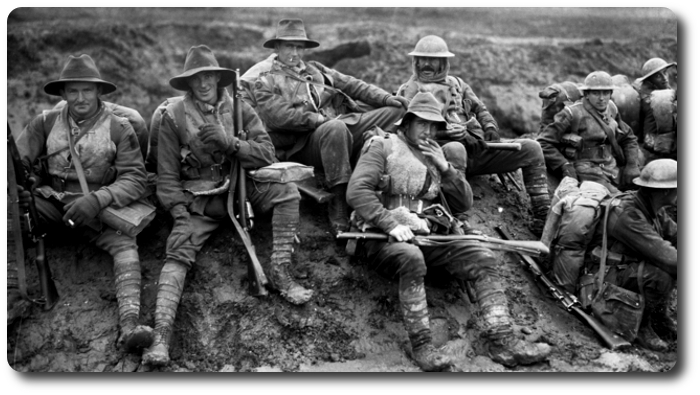
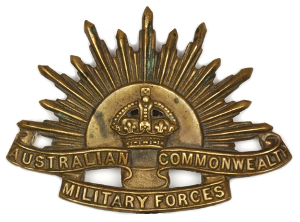
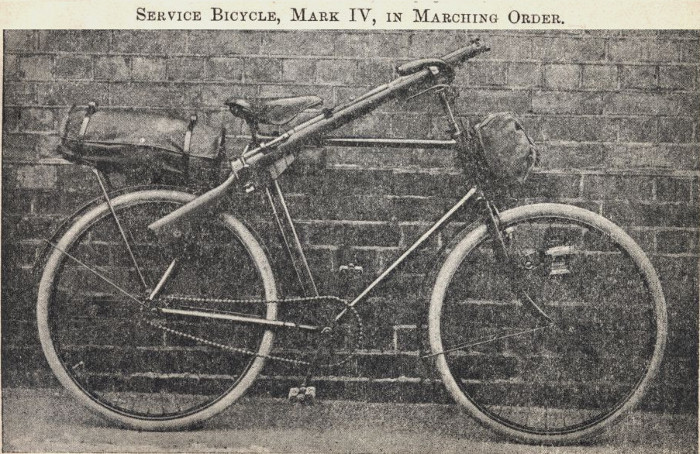
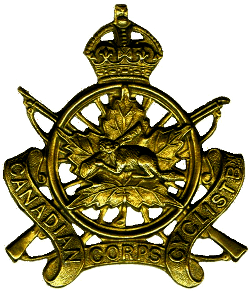 4. Cyclists will frequently be of use in assisting other troops to perform their protective duties, by their employment as standing patrols for instance (see Field Service Regulations, Part I, Sec 89.) or as a temporary relief for cavalry whilst the latter are withdrawn for purposes of watering, feeding, &c., or before they are sent out, or to act as a pivot round which cavalry can manoeuvre. At night their movements, owing to the silence in which they can be carried out, are difficult to detect. Formed bodies of cyclists should not carry out any independent movement at night beyond the protective line, owing to their greater vulnerability and liability to be thrown into confusion by an ambush or temporary obstacle during darkness than in daylight.
4. Cyclists will frequently be of use in assisting other troops to perform their protective duties, by their employment as standing patrols for instance (see Field Service Regulations, Part I, Sec 89.) or as a temporary relief for cavalry whilst the latter are withdrawn for purposes of watering, feeding, &c., or before they are sent out, or to act as a pivot round which cavalry can manoeuvre. At night their movements, owing to the silence in which they can be carried out, are difficult to detect. Formed bodies of cyclists should not carry out any independent movement at night beyond the protective line, owing to their greater vulnerability and liability to be thrown into confusion by an ambush or temporary obstacle during darkness than in daylight.
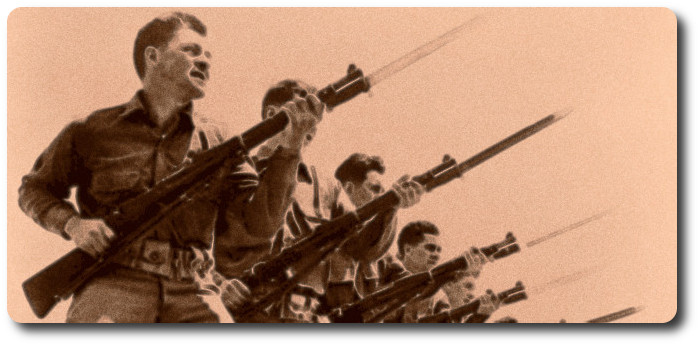
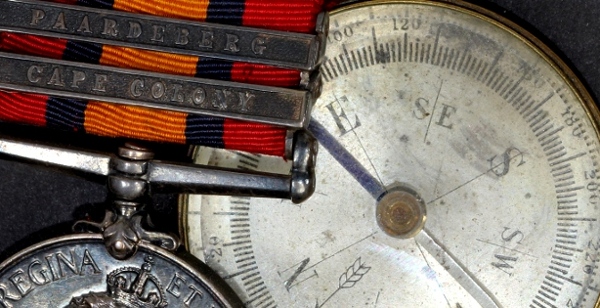
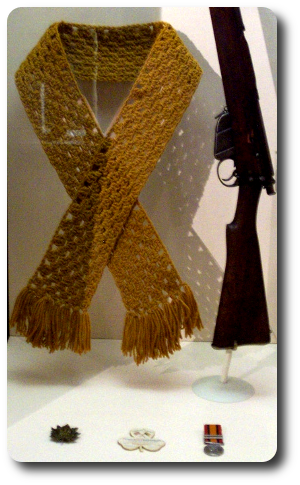
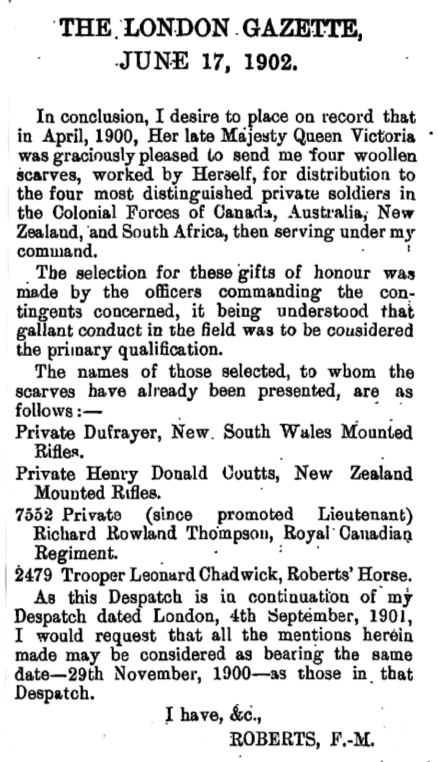

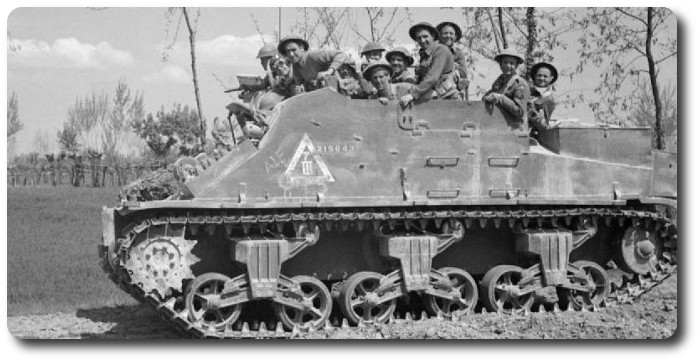
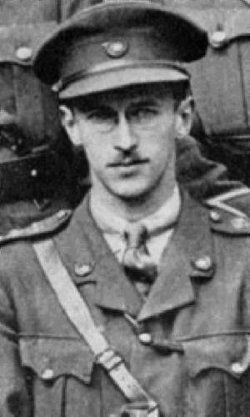 The modernization of armies is likely to take two forms, which are to some extent successive stages. The first is motorization; the second is true mechanization—the use of armoured fighting vehicles instead of unprotected men fighting on foot or horseback.
The modernization of armies is likely to take two forms, which are to some extent successive stages. The first is motorization; the second is true mechanization—the use of armoured fighting vehicles instead of unprotected men fighting on foot or horseback.

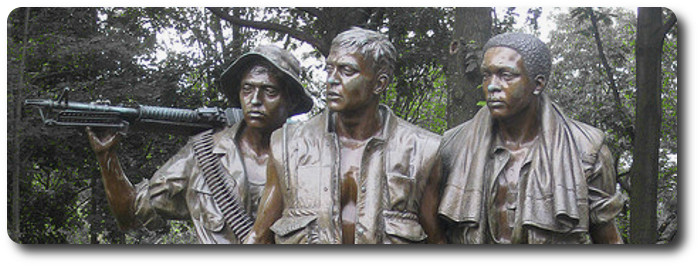
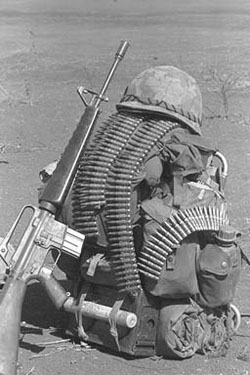 We carried enough firepower to act like a company. Six people—that's hard to believe, but we did. We had a small arsenal with us.
We carried enough firepower to act like a company. Six people—that's hard to believe, but we did. We had a small arsenal with us.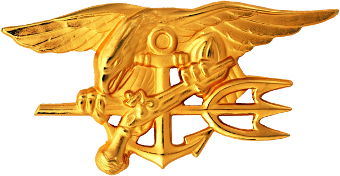
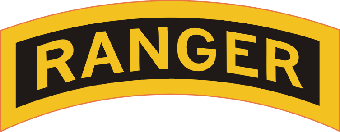
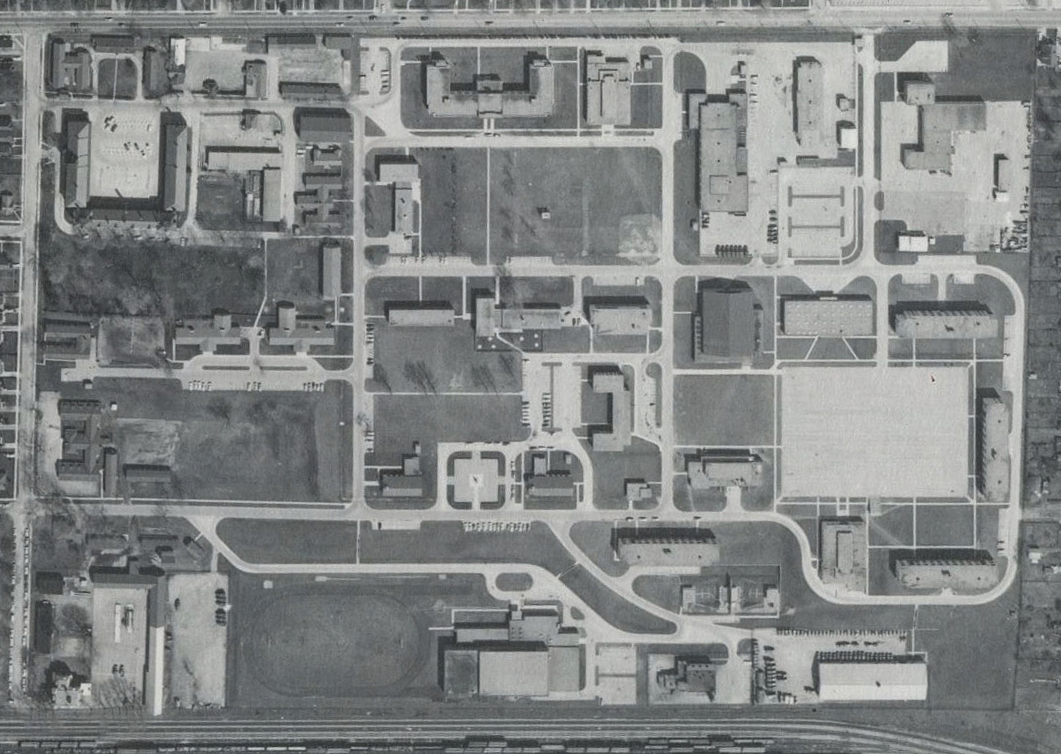
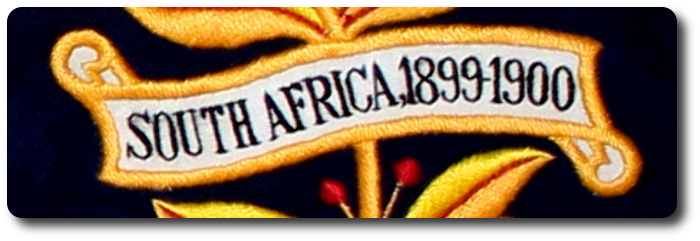
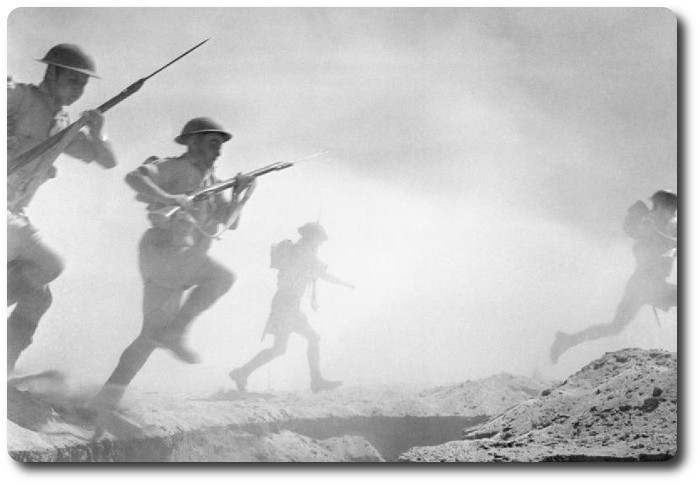
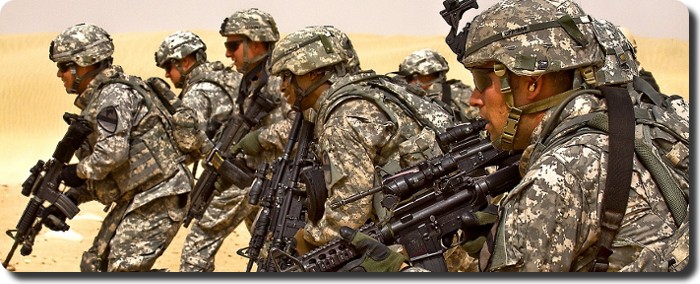
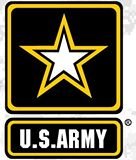
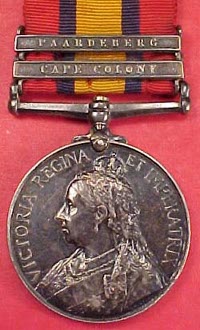 Ottawa, June 12. — Thirty-two years after the
Ottawa, June 12. — Thirty-two years after the 

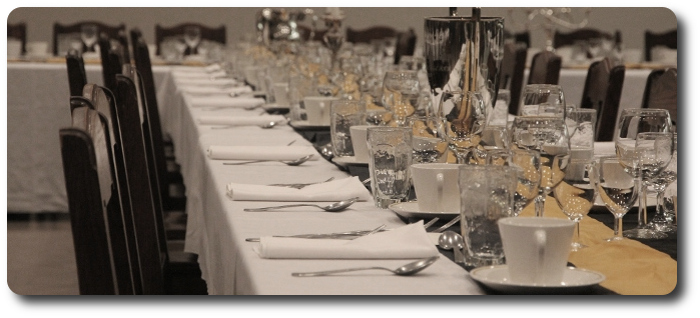

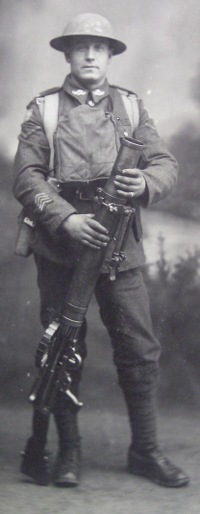 Washington, D.C., Dec. 19.—American army officers who have visited the front line tell of considerable rivalry and argument among American and British soldiers regarding the respective merits of the
Washington, D.C., Dec. 19.—American army officers who have visited the front line tell of considerable rivalry and argument among American and British soldiers regarding the respective merits of the 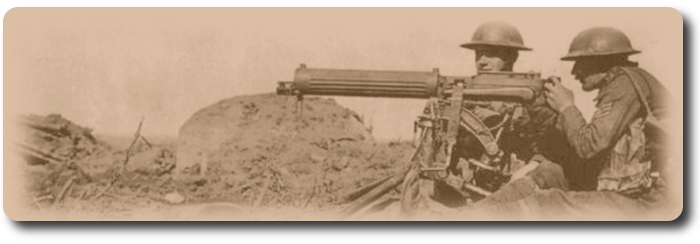


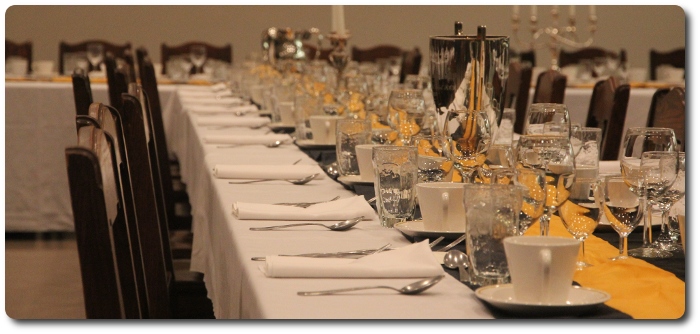
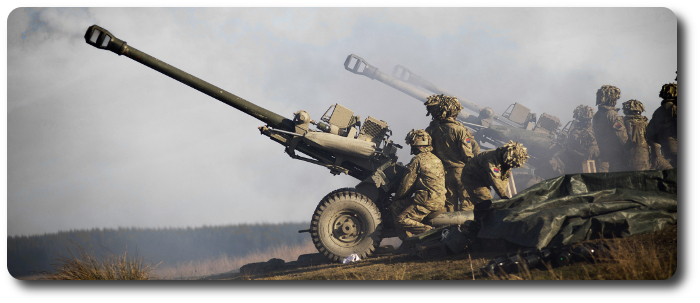
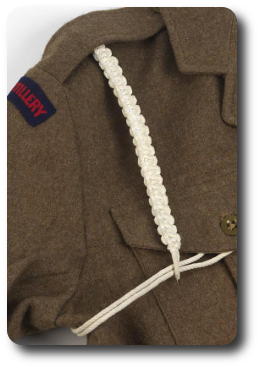 There has long been a tale about Gunners wearing a white lanyard for cowardice, allegedly for deserting their guns. Of course, this story is nothing more than a piece of leg pulling; the information that follows is historical facts.
There has long been a tale about Gunners wearing a white lanyard for cowardice, allegedly for deserting their guns. Of course, this story is nothing more than a piece of leg pulling; the information that follows is historical facts.